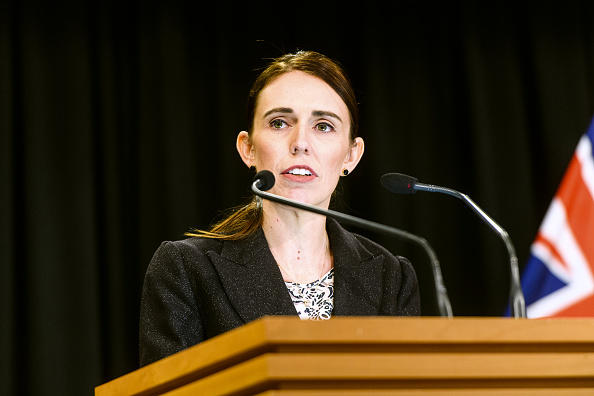On Saturday, New Zealand’s Office of Film & Literature Classification officially banned the Christchurch shooter’s manifesto. By labeling it as “objectionable,” the government is considering its ban as a justifiable limit on freedom of expression.
Under the ban, it’s now illegal to have a copy of either the video or the document and to share it with others — including online links. The New Zealand government urges people to report social media posts, links or websites displaying the video or manifesto here.
If someone is found to have the manifesto, they can face up to ten years in prison, and those distributing it could face up to 14 years, as reported by Business Insider. The consequences for owning or sharing the video, though, are unclear.
Although the full video is banned, it doesn’t mean any screenshots or other still images from it falls under that. The Office of Film & Literature Classification website notes images from the video “depicting scenes of violence, injury or death, or that promote terrorism may also be illegal.”
It’s likely that the New Zealand government will consider still images on a case by case basis, so there’s no sweeping proposal to make them all illegal.
During the aftermath of the shooting,New Zealand Prime Minister Jacinda Ardern announced that assault rifles would be banned. It was simultaneously a win for New Zealanders but frustrating for those in the United States. In the US, people regularly see calls for gun control after violent shootings, but little in the form of legislation or actual changes to policy.
The response of New Zealand’s government after the Christchurch attacks proves that proactive steps can be taken to combat these shootings. The ban of the video and manifesto is just one step towards fighting the Islamophobic rhetoric that could embolden future attacks.
The manifesto’s ban has raised questions around free speech but the Chief Censor, David Shanks defended the office’s position in a statement, saying, “There is an important distinction to be made between ‘hate speech’, which may be rejected by many right-thinking people but which is legal to express, and this type of publication, which is deliberately constructed to inspire further murder and terrorism. It crosses a line.”
It’s also important to interrogate why people feel the need to read a manifesto obviously intended to help the attack go viral. To be frank, not much in the manifesto is “original.” The uncomfortable truth is that the shooter named online inspiration for his attack. The individuals and websites he named can still be found online.
One potential issue here is that banning the manifesto may further entice people to want to read it or turn the shooter into some kind of martyr for free speech or white supremacist ideology. We may not get a sense of the impact — positive or negative — of the new law until much later down the road.
The manifesto itself is a continuation of white supremacist violence, and that can be unpacked without giving the shooter more attention. Instead of trying to read the manifesto, people can listen to scholars, organizers, and community members, who work to understand and halt this specific type of violence and the rhetoric that follows.

